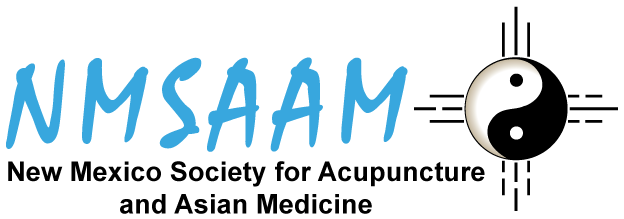Pandemic Management Challenges by Laurel Schilke, DOM
Laurel Schilke, DOM, was Sec/Treasurer of Association of Traditional East Asian Medicine (ATEAM, now retired), article submitted to NMSAAM by Caterina Di Palma, DOM, NMSAAM BOD member
The official approach to the pandemic has some significant deficiencies. It reflects the perspective of the pharmaceutical/medical industry, which over the last century has acquired virtual monopoly standing and has been accorded nearly religious status by government agencies. Few are aware that chemical medicine originated in the false claim that immune system health is not pivotal in infectious disease outcomes.
We come equipped with immune systems, honed over millennia and active in all life forms. While washing hands, wearing masks and keeping a physical distance are not bad actions, they do nothing to promote immune function. No official guidelines educate the public about hazards to healthy immune function, many if not most of which are amenable to personal and sometimes governmental alteration.
Massive research on Vitamin D has been done in the past decade. If we had a functioning health system and not just a disease care system, we/ our health care providers would know the need to maintain Vit D levels at much higher levels than currently considered sufficient. (Have your levels ever been measured?) In the 1980’s, research documented how immune activity was reduced by sugar consumption. Heart disease and stroke risks, which are also risk factors for poor outcomes in Corona virus 19 infections, were reduced over 50% by the Finnish government when they mandated replacement of dietary sodium chloride with a blend of sodium chloride, potassium chloride, magnesium sulfate, and lysine. (The High Blood Pressure Solution Richard D. Moore, M.D., Ph.D.) US agriculture policy supports production of our high carbohydrate/low nutrient standard diet, which promotes diabetes. Inflammation underlies many chronic diseases, and is promoted by excess consumption of seed oils, including those introduced to foodstuffs via Confined Animal Feeding Operations. Consistently, we see poor health predictors supported by government policy and generally ignored by the medical community.
The virus testing protocol is deficient. When we hear the goal to “flatten the curve”, we should also hear that there is no plan to arrest the overall spread of the virus – just to prevent overloading hospitals. The low level continuance of infection is planned for, and bolsters the demand and market for vaccines. For those who would like to see the spread arrested, the PCR test is the equivalent of going to a barn and asking if a horse (infection) has been there. For an MD identifying the illness of a sick client, the test works well. Because it was not engineered to be a general screening test and because there is pressure to find “cases”, it is often operated in a fashion that produces false positive results. For stopping a virus when perhaps 1% of the population are infected at any one time, we’ve seen how well it worked. Some phases have now improved, but getting the PCR test has required interaction with the medical system to be approved to take a test and to locate/schedule the service. Most people will seek testing if they’re already feeling bad, which is not the best time for them to go out regardless of what they’re suffering. The lag to get test results has often rendered the test worthless for stopping transmission, and poor at allowing contract tracing to purportedly slow the spread. (Perhaps here we should note the dearth of health-promoting advice for those who have tested positive. If you are alive, your body is making choices, and the outcome is not fixed!)
One home antigen test has been developed that provides results in 15 minutes. It is not approved by the FDA. It has been proposed for biweekly use by up to half the population at a cost of $5 per test. This could zero in on active cases, frequently before they have been spread. Interacting might become relatively safe! (Please check out Michael Mina, MD writing about this.)
Fear has been a huge factor in our experience of the pandemic. Some of this may be intentional, because the relative rarity of the infection in the general population has led some to conclude that their risks were too low to bother with preventive measures.
In the long run, scaring people demoralizes and immobilizes them. Disruption of financial and social life does, also. It creates an opportunity to convince them to surrender their power and rights. There are players at numerous levels who would like to impose systems that cut the general public out of decision making. People who have taken history seriously may be alert to this. People in dire straits rarely recognize it.
While we may have access to disease care, care for one’s health is a result of mental, physical, biochemical, emotional, social, and spiritual balancing. We create our own culture of health and wellness. The stakes are high.
Please note that this material is provided as a communications courtesy for our profession and does not necessarily reflect the views or policies of NMSAAM, the NMSAAM BOD, or the ASA.
